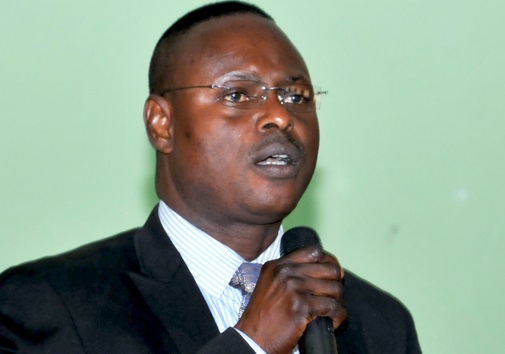
Teenage pregnancy, abortion reduce in Ashanti Region
Incidences of teenage pregnancy and abortion reduced in the Ashanti Region in 2016, statistics at the Ashanti Regional Office of Public Health have shown.
Advertisement
While recorded cases of teenage pregnancy in the region in 2015 were 19,453, representing 12.2 per cent, cases on the same incidence were reduced to 18,461 in 2016, representing 11.4 per cent.
Also, there was a reduction in the recorded cases of abortion as 2,213 cases, representing 18 per cent in 2015 reduced to 2,086 representing 17.26 per cent in 2016.
With maternal deaths the statistics indicate that while 12,760 and 12,665 babies were delivered in 2015 and 2016 respectively, maternal deaths stood at 12 and 9 cases over the same period.
At a media sensitisation to Adolescent Sexual Reproductive Health in Kumasi organised by the Ashanti Regional Health Directorate, the Regional Director of Health, Dr Alexis Nang-Beifubah, commended the media in the fight against teenage pregnancy.
“Although a lot has been done to reach adolescents with appropriate information and create unimpeded access to youth-friendly services, adolescents continue to be burdened by threats to their sexual reproductive health compared to adults,” he stated.
Access to sexual education & services
Dr Nang-Beifubah, speaking on the theme: “Preventing Teenage Pregnancies – A Shared Responsibility”, maintained that there was the need for all stakeholders, including the media, to be involved in ensuring that adolescents had the best of health outcomes.
Complications resulting from pregnancy, child birth and unsafe abortions, he said, were the major causes of death of young women between the ages of 10 and 19.
He, however, lamented that many of those young women did not have access to comprehensive sexual education and services and called for the need to intensify education on adolescent health.
WHO & UN age classification
A Deputy Ashanti Regional Director of Health in charge of Public Health, Dr Kwasi Yeboah Awudzi, explained that the World Health Organisation (WHO) and the United Nations (UN) age classification put young people between the ages of 10 and 24 in two brackets - 15 to 24 for youth and 10 to 19 for adolescents.
He said for the regional health directorate to make headway on teenage pregnancy and other incidences bordering on public health, the directorate had made several interventions in that direction.
The interventions include school health clubs, adolescent health corners in health facilities, training of service providers, radio and television discussions, creation of additional service delivery points and outreaches to underserved communities.
He said health staff, teachers, volunteers, community leaders, community members, pregnant mothers and politicians were all considered as advocates.
“The media has such a tremendous potential of helping us achieve our goals, in part by helping us counter those who oppose our vision that we have to embrace the creative process of getting our message out and establishing our own symbols and labels to reframe public health debate,” he stated.




